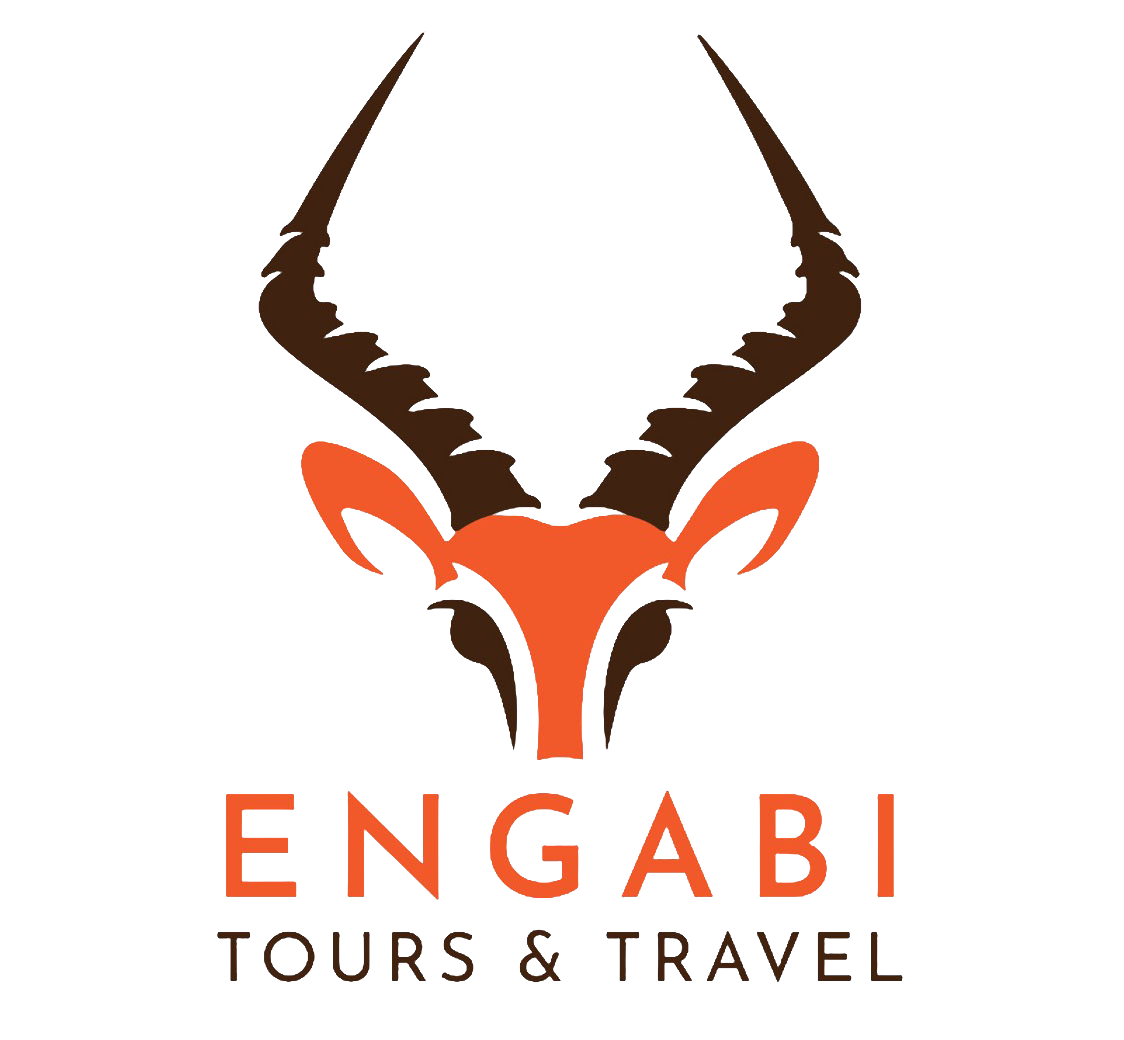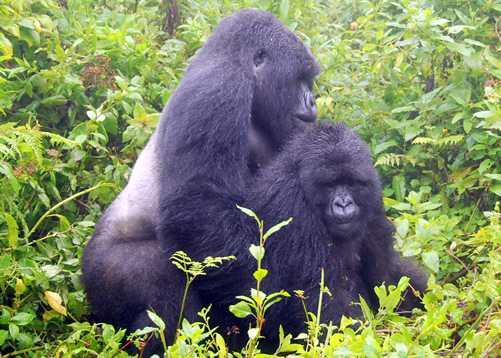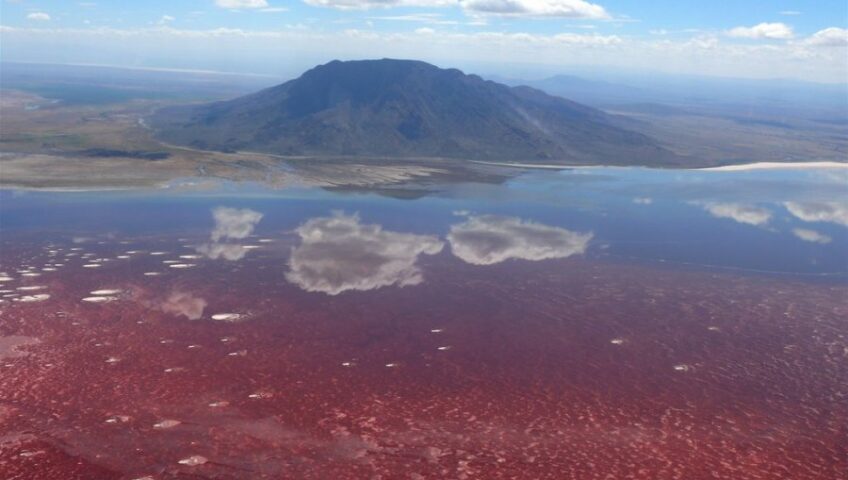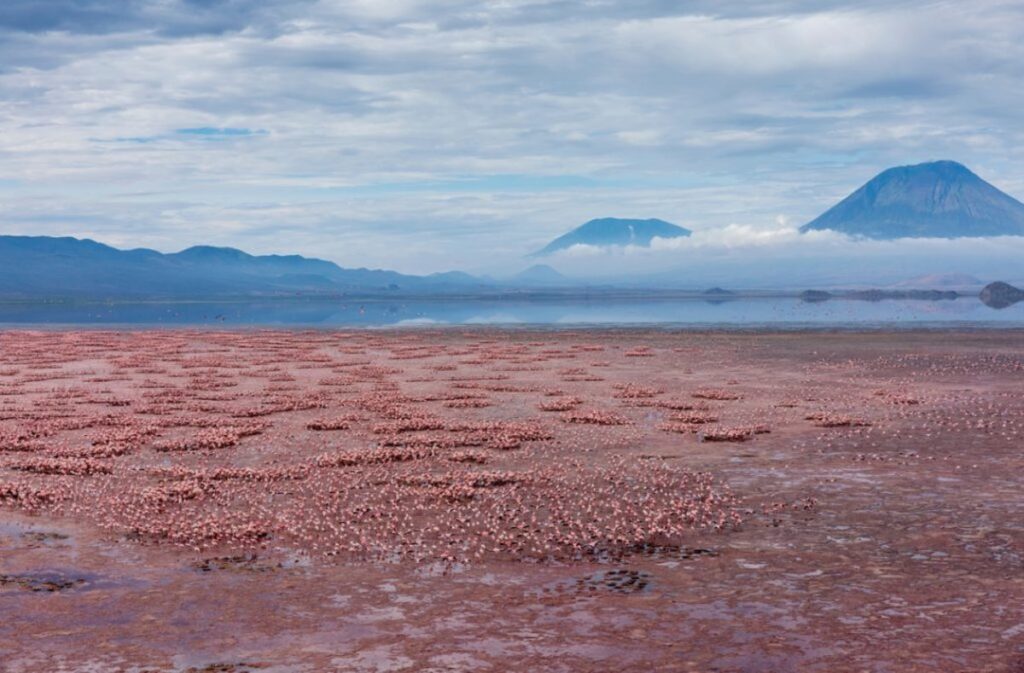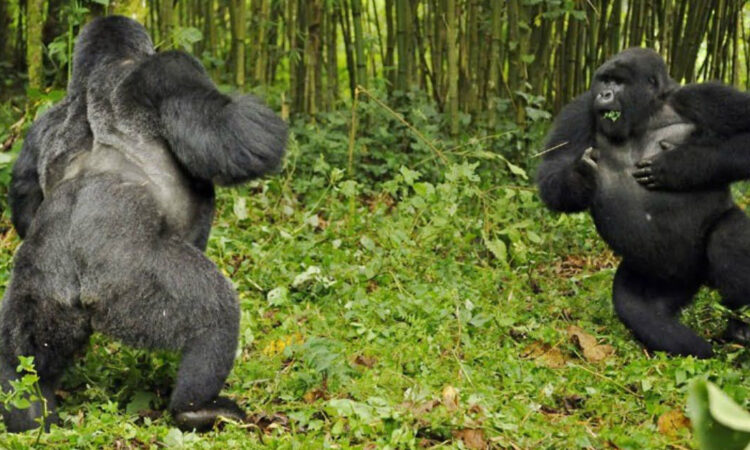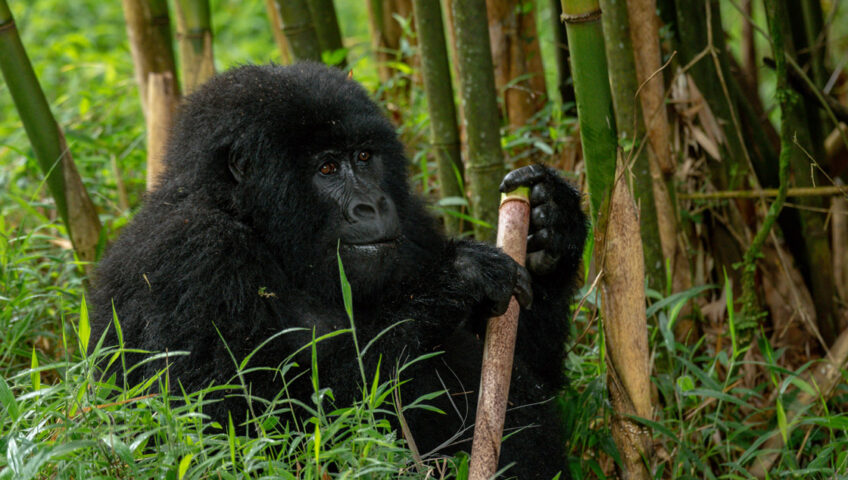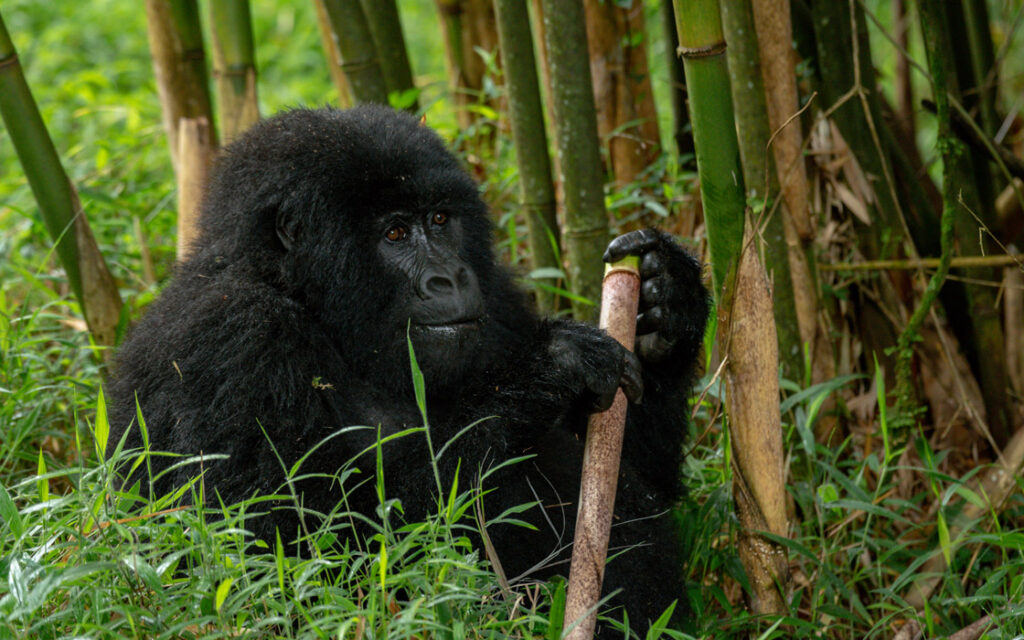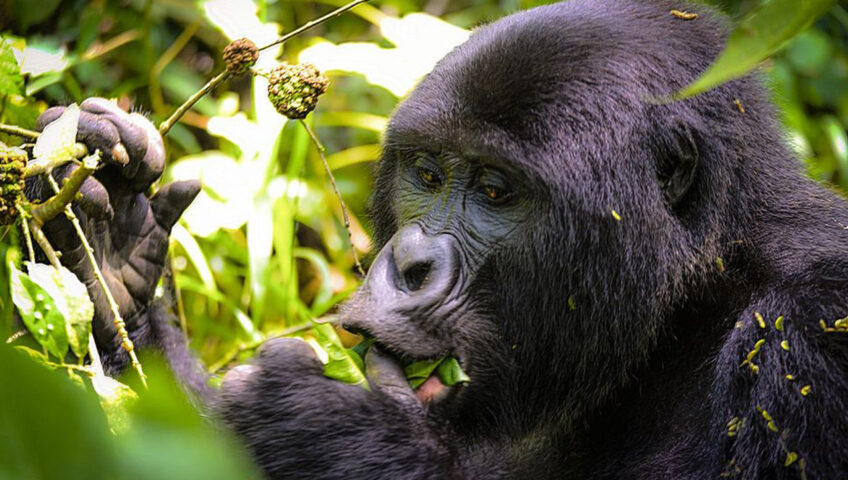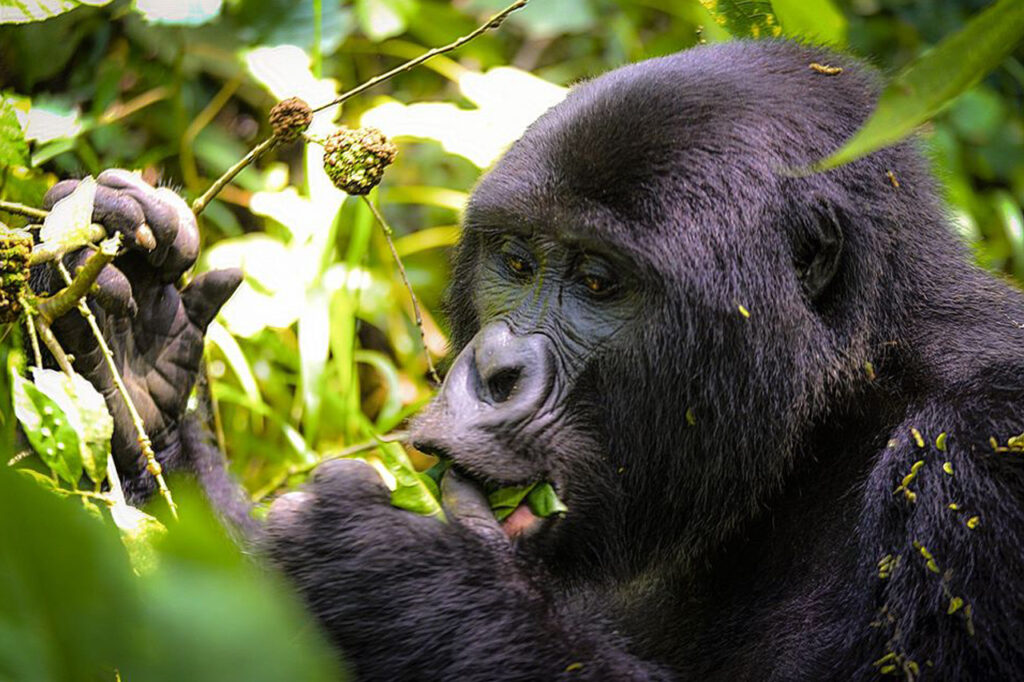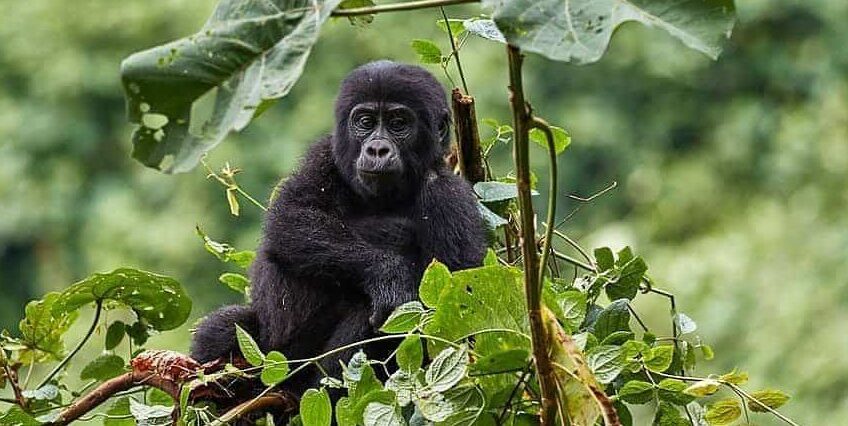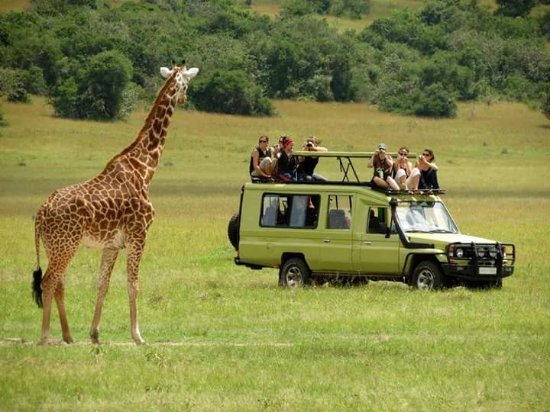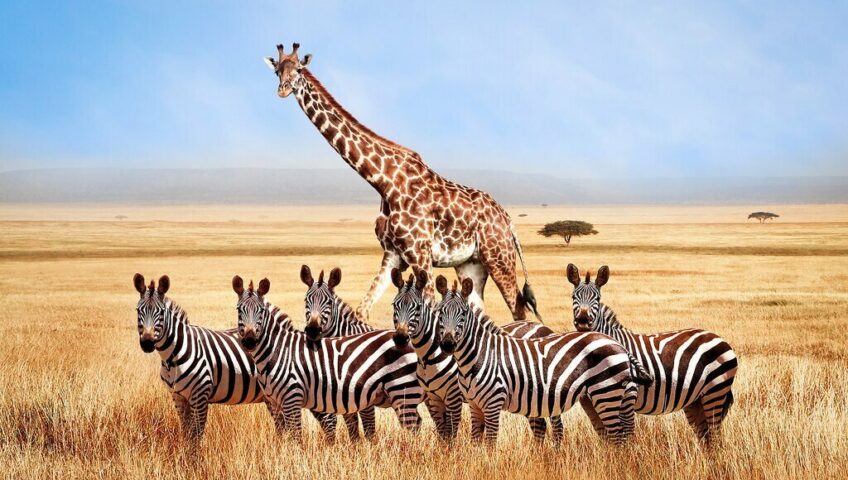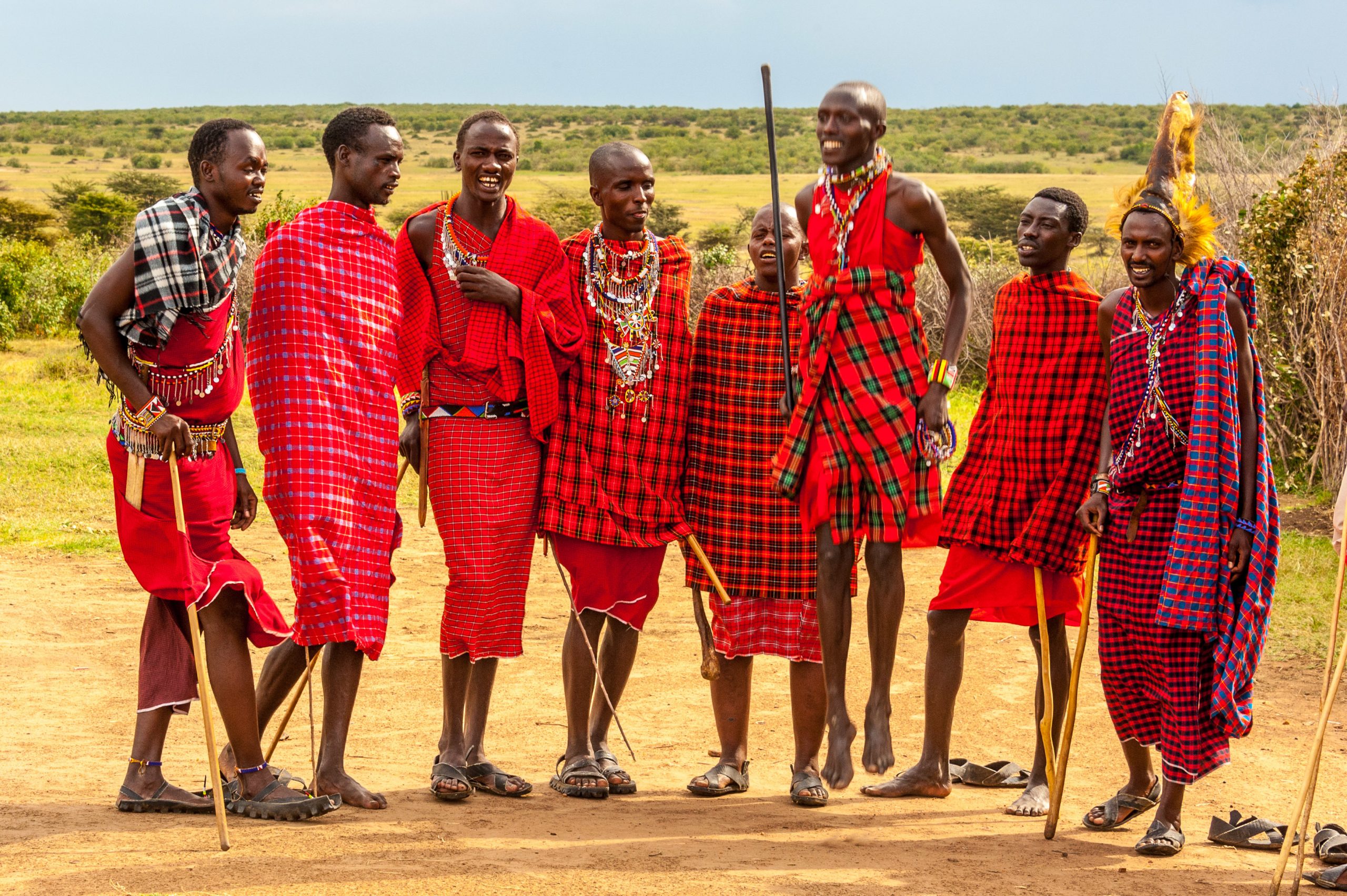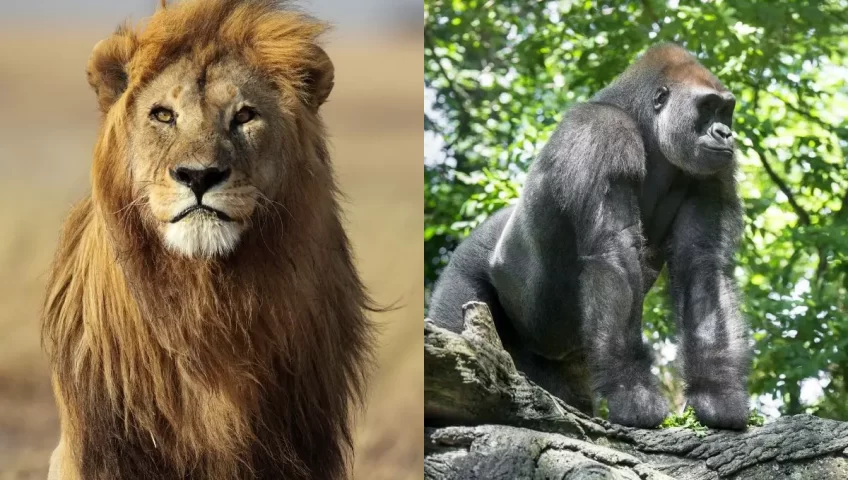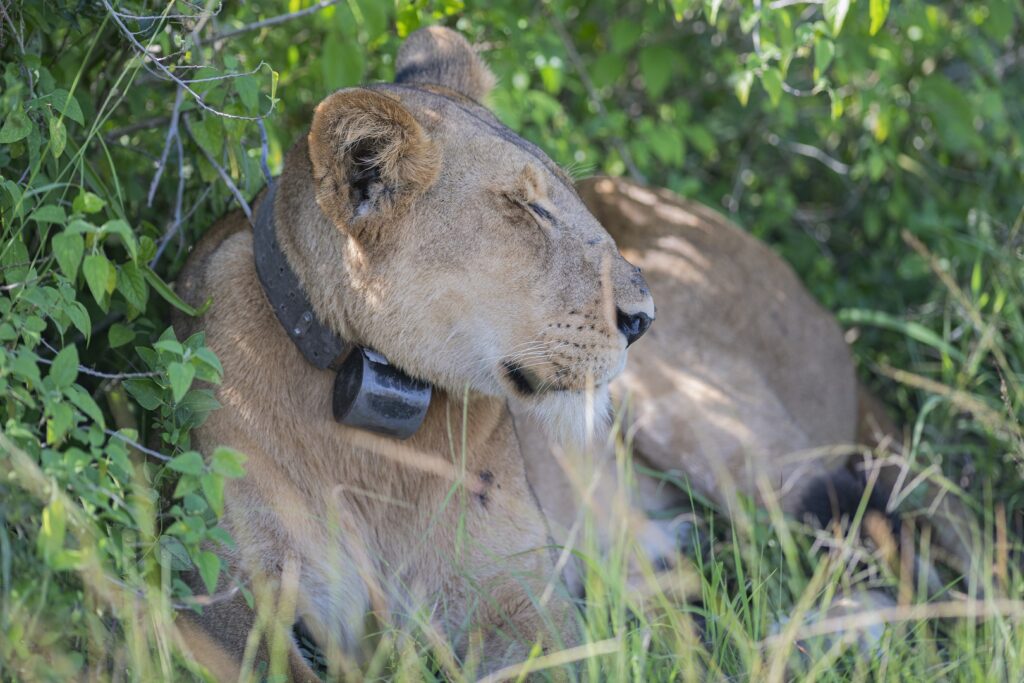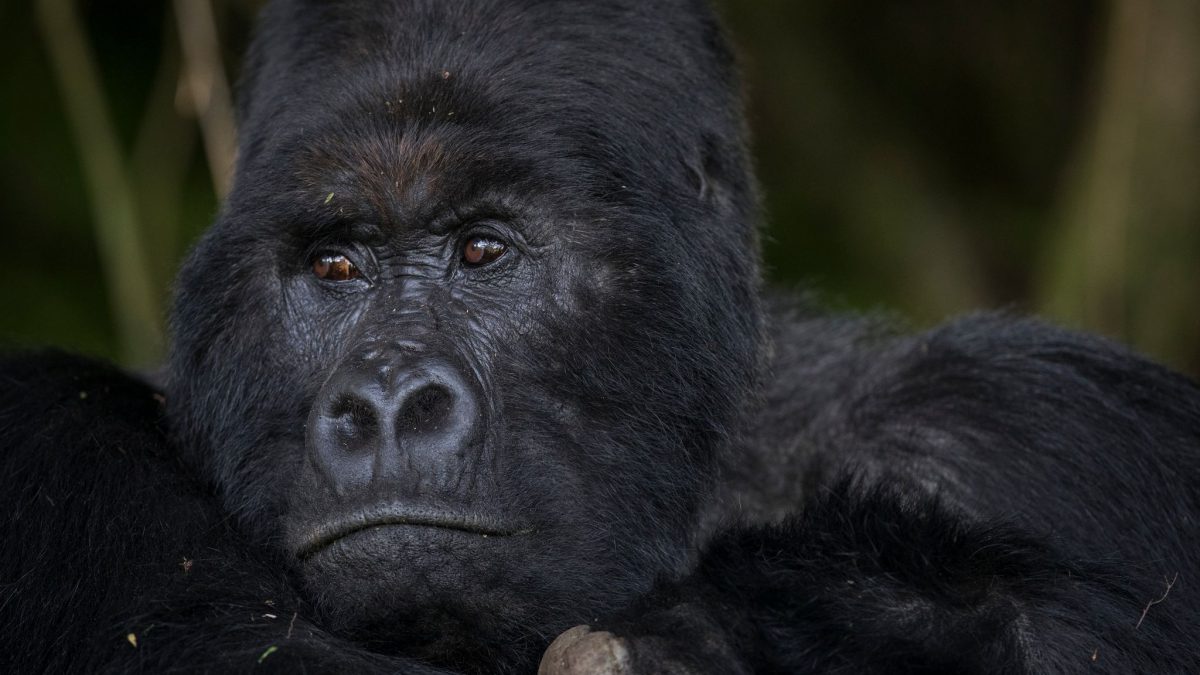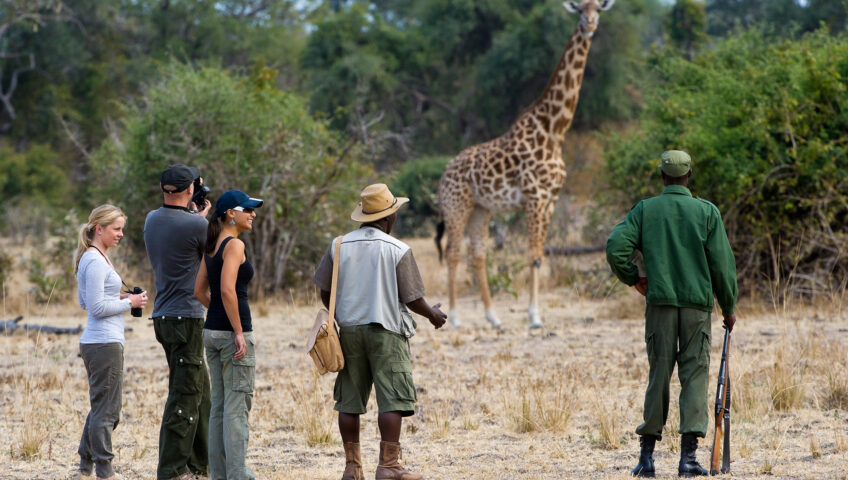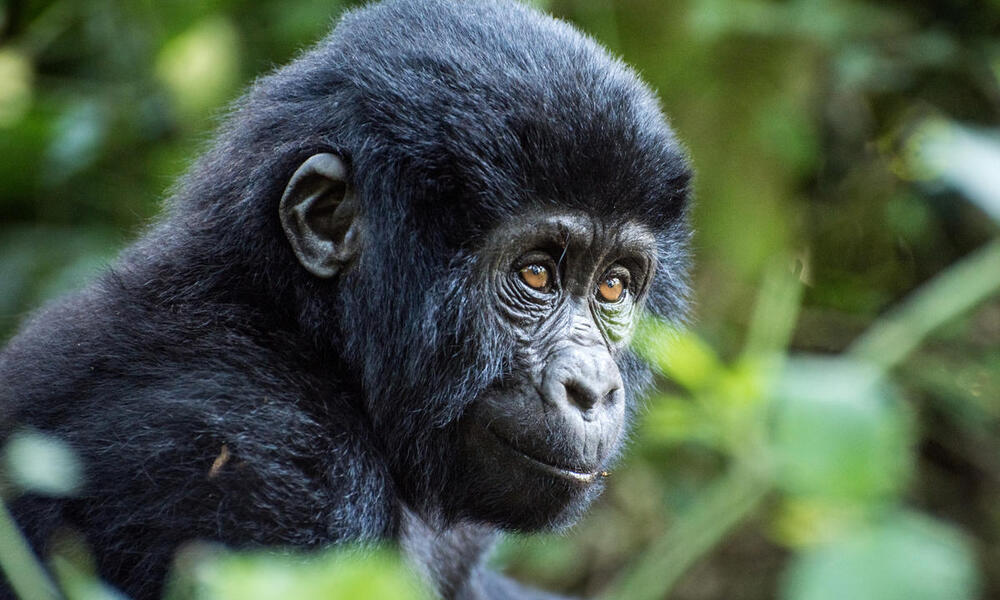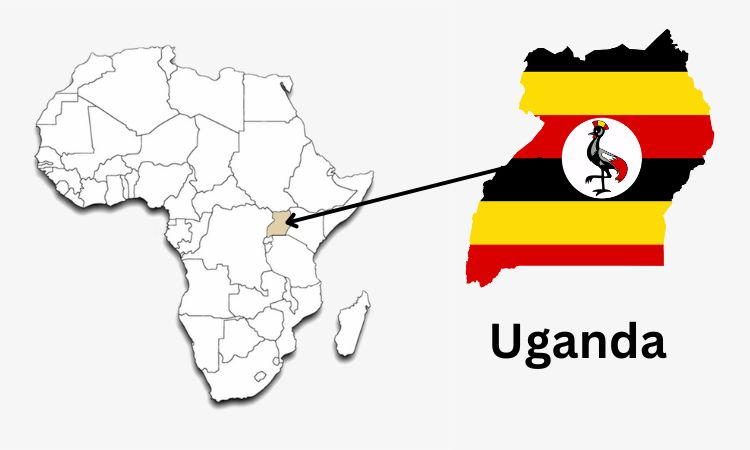
Where is Uganda Located In Africa
Where is Uganda Located in Africa; Map and Facts | Uganda Country Profile
where is Uganda located in Africa? Uganda is located on the East African plateau, averaging about 1100 metres (3,250 ft) above sea level and this slopes very steadily downwards to the Sudanese Plain to the north. However, much of the south is poorly drained while the center is dominated by Lake Kyoga, which is also surrounded by extensive marshy areas. Uganda lies almost completely within the Nile basin. The Victoria Nile drains from the lake into Lake Kyoga and thence into Lake Albert on the Congolese border. It then runs northwards into Sudan.
According to the Map of Uganda, Uganda’s international borders are shared with Sudan in the North, Kenya in the east, the Democratic Republic of the Congo in the west and Tanzania and Rwanda in the south. The enormous Lake Victoria is however located in the south of the Country. Uganda is famously known as the “Pearl of Africa.”

The Geography of Uganda
Although generally equatorial, the climate in Uganda is not uniform as the altitude modifies the climate. Southern Uganda is wetter with rain generally spread throughout the year. At Entebbe on the northern shore of Lake Victoria, most rain falls from March to June and the November/December period. Further to the north a dry season gradually emerges at Gulu about 120 km from the Sudanese border, November to February is much drier than the rest of the year. The northeastern Karamoja region has the driest climate and is prone to droughts in some years. Rwenzori in the southwest on the border with Congo (DRC) receives heavy rain all year round.
The south of the country is heavily influenced by one of the world’s biggest lakes, Lake Victoria, which contains many islands. It prevents temperatures from varying significantly and increases cloudiness and rainfall. Most important cities are located in the south near Lake Victoria and these include the capital Kampala and the nearby city of Entebbe. Although landlocked, Uganda contains many large lakes besides Lake Victoria and Lake Kyoga which include Lake Albert, Lake Edward and the smaller Lake George. Uganda’s climate and location makes it ideal for agricultural and Tourism success. The majority of the nation’s exports are coffee while Copper and cobalt are two of the country’s natural resources. Additionally, Uganda contains untapped quantities of natural gas and crude oil.
Quick Facts about Uganda
Country – Uganda
Continent – Africa
Where Is Located – Uganda is a country located in Eastern Africa
Coordinates – 1.0667° N, 31.8833° E
Capital – Kampala
Largest City – Kampala
Neighboring Countries – Democratic Republic of the Congo, Kenya, Rwanda, South Sudan, Tanzania
Administrative divisions – 111 districts and 1 capital city
Area – 241,038 sq km
Population – 34.51 million (2011)
Official Language – English (Official), Ganda, Arabic
Currency – Ugandan shilling (UGX)
ISO Alpha-2 Code – UG
ISO Alpha-3 Code – UGA
ISO Numeric Code – 800
GDP – $50.439 billion 2012 estimate
Calling code – 256
Time Zone – EAT (UTC+3)
Internet TLD – .ug
Unique Things You can do in Uganda
Gorilla Trekking in Bwindi Impenetrable forest National Park
Gorilla Trekking in Uganda is one of the top African safari highlights that involves coming face to face with last remaining Mountain Gorillas in the world. It takes place in Bwindi National park which has a population of over 340 Mountain gorillas of which an estimated 116 are habituated. There are at least 120 mammal species living in the forest and the eleven primate species found here include black-and-white colobus and L’Hoest’s monkeys and baboons. There are also forest elephants and several species of antelopes. Of Bwindi’s 200 butterfly species, 42 are endemic to the Albertine Rift valley. Also an estimated 350 bird species with 23 endemic to the Albertine Rift Valley and 14 recorded nowhere else in Uganda justly the most incredible destination to for the best Jungle experience in the World.
Other activities that can be done in Bwindi include bird watching safaris, Butterfly watching, Refreshing nature walks, Culture Batwa (Pigmies) tours, Sightseeing-photography, Hiking adventure trips, Community volunteering programs.
Chimpanzee Trekking in Kibale Forest National Park
Kibale is one of the best places to Visit in Uganda with tropical rainforest, and a multiplicity of animals. The most famous of its 13 species is the chimpanzee, our closest relative. Kibale’s 1450 chimpanzees represent Uganda’s largest population of this endangered primate. The forest is also home to East Africa’s largest population of the threatened red colobus and the rare I’Hoest’s monkey. Other primates include the black-and-white colobus, red-tailed and blue monkeys, grey-cheeked mangabey, olive baboon, bush baby and potto. Also an estimated 500 elephants are present, along with buffalos, leopards, warthogs, bush pigs, golden cats and duikers.
Many keen observers on Nature Walks while in the Park, may be spot by reptiles and amphibians as well as a colorful variety of 250 species of butterflies. Kibale national park also boasts of more than 375 species of birds.
The park boasts of being the best Chimp trekking safaris destination offering best birds-butterfly watching and awesome forest and nature walk experiences, Stunning Wildlife and Nature photography. Having a lot of Cultural rich community groups to explore such as Isunga Culture group, Tooro Kingdom, Explore the Amabeere Nga Nyinamweru caves in Fort portal Town Uganda’s Best Tourism City.
Game Viewing in Queen Elizabeth National Park
Queen Elizabeth national park along with kyambura brings together the most diverse ecosystem in Africa. Located in western region of Uganda, Thousands of hippos populate these water shores. Open savannah dotted with acacia and euphobia trees provide habitat for Africas Big Fives, leopards , elephants, Tree climbing lions, Uganda Safari kobs, in addition to big herds of buffaloes. The park also harbors primate species, ten in number which include chimpanzees and monkeys. Waterbucks, giant forest hog, topi, hyenas, and Nile crocodiles are among the many animals distinguished frequently spotted in Queen Elizabeth national park by our esteemed clients while on our Uganda Safaris trip.
The park is also famous for its volcanic features, comprising volcanic cones and deep craters, many with crater lakes such as Lake Katwe, from which salt is extracted by the local communities. Having lots of activities to be participated in such as Amazing Game drives, Bird watching Safaris, Boat cruises on Kazinga channel, Sport fishing, and nature walks, Nature Photography, Chimp tracking in Kyambura gorge, Hot Air Balloon Safaris, Bakonzo Culture tours and so many others.
The Park offers beyond wildlife-flora, to Culture exploration of Uganda culturally enriched tribes just the Best way to have a taste of Africa finest wilderness livelihoods.
Game Viewing and Experience of the World’s Strongest Waterfall at Murchison Falls National park
Murchison falls national park sometimes referred to as Kabalega National Park is the largest park in Uganda and the most visited. It is named after the Murchison falls where the mighty river Nile bangs through a narrow gorge flowing down to be converted into a placid river. In the park you will see hippos, water bucks, crocodiles, buffaloes, elephants, lions, leopard, giraffes, hartebeests, oribis, Uganda kobs, chimpanzees, and many bird species including the rare shoebill. The flora and Fauna at Murchison is characterized by savannah, riverine forest and wood land.
The Murchison Falls National Park offers the finest wildlife experience having countless activities to participate in such as Massive Game drives, bird watching experiences, Amazing boat cruises along the River Nile, wonderful chimp trekking activities in Budongo Forest, Hot Air Balloon safari adventures, Culture adventures, Sport fishing, awesome nature walks and many more can be done with in the Great Murchison Falls National Park.
The park is also known for offering executive amazing Luxury and leisure around its gorgeously built accommodation facilities giving wilderness holidays within the Pearl of Africa.
Game Viewing in Kidepo Valley National Park
Kidepo valley is one of Uganda’s most spectacular parks and is referred to as the Serengeti of Uganda. It contains one of the most exciting faunas of any Ugandan national park. This national park is 1,442 square kilometers in the deep Northern Region of Uganda. Kidepo harbors scenery that cannot be found in any other parks in east Africa. It has a profusion of big game and hosts over 77 mammal species as well as around 475 bird species.
Having over thousands of wildlife can be spotted with in this area during the dry season, the only permanent water in the park is found in wetlands and remnant pools in the broad Narus Valley near Apoka. These seasonal oases, combined with the open, savannah terrain, make the Kidepo Valley-Narus Valley the park’s prime wildlife location. Going beyond wildlife to offering the best challenging Hiking, cave adventure experience around its 3 mountains in the Park Lomej Hills, Mountain Morungule and Mountain Lonyili reaching the Hot spring of Kanagorok such a marvel.
Walking Safaris in Lake Mburo National Park
It is the smallest of Uganda’s savannah national parks located within western Uganda and underlain by ancient Precambrian metamorphic rocks which date back more than 500 million years. It is home to 350 bird species as well as zebra, the only park in Africa were you can spot impala, eland and antelopes grazing together, buffalo, oribis, Defassa waterbuck, leopard, hippo, hyena, topi and reedbuck. Together with 13 other lakes in the area, making it one of a birding destinations. Offering experiences such as Walking Safaris, Game drives, Bird watching safaris, hiking adventures on the Mburo Hills and Boat cruise experiences, Nature photography and sightseeing activities.
Having well-built tented Wilderness Camps that offer the tourists the best African wild Night camping experience as they are overlooking the great herds of animals grazing over the Lake Mburo lands and being just a 2 hour’s drive from Kampala the Capital city of Uganda,Lake Mburo National Park is the best option of short time travelers caught up by time and wish to explore the African wilderness Experiences.
Bird Watching at Semuliki National Park
The Semuliki National Park located in the deeper western Regions of Uganda close to the Uganda-Congo boarder is a rich habitat of grassland, savannah, forest and wetland is home to diverse fauna, in addition to 400 bird species such as white chested bill, Dwarf Hornbill Red bill, Pipping Horn bill, Yellow chested Nicator, Great Blue, Ross’s Turaco, the elusive Shoe Bill lots of other sun birds can be spotted with in this spot and 300 butterfly species. It is one of the richest areas of floral and faunal diversity in Africa, with bird species being especially diverse. The park has two hot springs in a hot mineral encrusted swamp. One of the springs-Sempaya hot spring – resembles a geyser by forming a 0.5 m high fountain. These hot springs attract a large number of shorebirds and they are a source of salt for many animals. The park has over 60 mammal species, including forest buffalos, leopards, pygmy hippos, Mona Monkeys, water chevrotains, bush babies, civets, elephants, the Pygmy Flying Squirrel (Idiuus zenkeri) and nine species of Duikers.
The great Semuliki National Park is offers the best Birding Safari experience to the Tourists with all sort activities from Bird watching Safaris, the best Primates trekking with in the Semliki Forest, the Nature walks within the forests and Park areas, Culture Batwa tours, best Camping experience, Game Drives. Lots of other fun filled activities. To explore through well within this area of the Pearl of Africa while on a Safari trip.
Shoebill Watching Mabamba Swamps.
The Mabamba Swamps west of Entebbe is one of the best and most convenient places to see the elusive Shoebill. After a few minutes in a small canoe the papyrus reeds opens up into a flat grassy wetlands where a number of Shoebill can regularly be seen. The bird is easiest seen in the morning when they stalk their main prey, the mudfish or frogs, but may be spotted all day. They may stand absolutely still for long periods awaiting the movements of their prey and then suddenly strike with a marvelous speed.
Although one can reach Mabamba by road we highly recommend the boat tour across Lake Victoria because it gives you an opportunity to see many of the birds that you may otherwise miss. Sometimes even the shoebill may elude you in the canoes only to be seen as you approach, or leave, by the bigger boat.
Mountain Climbing at Mountain Rwenzori National Park
The Mt Rwenzori National park has Africa’s third highest mountain peak and many waterfalls, lakes, and glaciers to explore. The park is known for its beautiful plant life such as perfect Botany sanctuary. The Rwenzori Mountains are higher than the Alps and are ice-capped. Mount Stanley is located in the park. Margherita Peak, one of Mount Stanley’s twin summits, is Africa’s third highest peak with a height of 5,109 m (16,762 ft) Africa’s fourth and fifth highest peaks (Mount Speke and Mount Baker) are also located in the park these being Hikers delights on a Engabi Tours and Travel Uganda Mountaineering Safari. It has a high diversity of plants and trees. The park is noted for its botany, which has been described as some of the most beautiful in the world. There are five distinct vegetation zones in the park, which change according to changes in altitude.
The park has 89 species of birds, 15 species of butterfly, and four primate species. You will find forest elephants, chimpanzee, hyrax, black-and-white colobus, L’Hoest’s monkeys, duiker, and Ruwenzori Turaco. The park offers breath taking challenging Hiking adventures in the world as most of its areas are greatly hilly perfect for an awesome climb, magnificent botany adventure, wonderful bird-butterfly watching safari, Bicycle-nature walks, Game drives and lots of great cultural adventure of the Bakonzo cultures. Such a spectacular experience while on Engabi tours and Travel Uganda Safaris Trip.
Mt Elgon National Park Hiking
Mt. Elgon is an extinct volcano that first erupted more than 24 million years ago. With the largest surface area of any extinct volcano in the world (50 km by 80 km) The Park is named after Mount Elgon, an extinct shield volcano on the border of Uganda and Kenya. The botanical diversity of the park includes giant podocarpus, juniper and Elgon olive trees cedar Juniperus procera, pillarwood Cassipourea malosana, elder Sambucus adnata, pure stands of Podocarpus gracilior and many orchids. 400 species have been recorded.
The park is also home to a variety of small antelope and forest monkeys, including the Black-and-white Colobus and Blue Monkey. Over 300 birds can also be found in the area, Elephants and buffalo, other scenery like cliffs, caves, waterfalls, gorges, mesas, calderas, hot springs, and the mountain peaks. The most popular areas are the four explorable, vast caves where frequent night visitors such as elephants and buffaloes come to lick the natural salt found on the cave walls. Kitum cave, with overhanging crystalline walls, enters 200 m into the side of Mt. Elgon.
The Park boosts of countless fun filled activities that have been participated in by lots of our clients such as Game drives, Nature walks, and Bicycling trips alongside Breathe talking wildlife Photography, lots of magnificent Botany gardens, camping trips and Challenging Mountaineering experiences, Cave exploration adventures. Tourist’s great adore the experience to Mt Elgon while on Uganda Safaris trip.
With all the above activities, be assured that you can never be bored in Uganda as the country has enough activities to fill weeks, months and years and combined with the good weather and safe environment, it’s no wonder more and more people are visiting the country.
CONTACT US for information, inspiration or Price Quotation for a Uganda Safari tour and extensional tours to Rwanda and Tanzania
Tour Packages in Uganda that you may book for your African Safari Tour
3 Days Gorilla Trekking Safari Tour in Bwindi
The 3 Days Gorilla Trekking Tour In Uganda Package is an itinerary that starts from Kigali-Rwanda allowing you to fly in and out of Kigali International Airport-Rwanda and enjoy Gorilla trekking in Uganda’s Bwindi Impenetrable National Park. On this private 3 Days Gorilla Trekking Tour In Uganda, you will arrive at Kigali International Airport and embark on a road drive of only 4-5 hours from Kigali to Ruhija/Rushaga sectors of Bwindi via the Katuna/ Chanika border points helping you to avoid the 10 road drive hours from Entebbe to Bwindi.
The private 5 Days Uganda Gorillas and Wildlife safari is a Primates and Wildlife viewing expedition to Queen Elizabeth national park and Bwindi impenetrable National Park. This Gorillas and Wildlife safari in Uganda itinerary maximizes your wildlife experience with Gorilla Viewing, Game drive, boat cruises and walks. It can be tailor made to start in Kigali as well.
Our 6 Days Uganda Tour is a short itinerary to see Gorillas, Chimps and the Big 5 animals in Uganda. The 6 Days Uganda tour tours gives tourists an opportunity to explore the best of Uganda Safari with in a short stay in the country
This 8 Days Uganda safari tour is a gorilla trekking, Chimpanzee tracking and wildlife viewing experience that features exploring the wildlife, beautiful landscapes and cultural attractions of Uganda in East Africa.
On this 12 days Uganda Safari Holiday, you will explore Uganda’s major National parks including Bwindi impenetrable forest national park- home to half of world’s mountain gorillas, Mgahinga National Park, Queen Elizabeth national park, kibale forest national park, Murchison falls National Park and Lake Mburo National Park.
13 Days Uganda Wilderness Safari vacation
Watch Gorillas, Chimpanzees and wildlife in Uganda’s major National Parks on this 13 days best of Uganda Wilderness Safari vacation to Murchison Falls National Park, Kibale Forest, Queen Elizabeth National Park, Bwindi Impenetrable Forest for memorable gorilla tracking; Lake Bunyonyi for relaxing and to Lake Mburo for walking safari.
Contact Us to start planning your Uganda Safari tour with us! you can create an itinerary from scratch, or modify one of our suggested itineraries. Whether your trip is a few days’ or a few weeks’ long, our local travel experts will craft a unique itinerary, fully tailored to your wishes.
